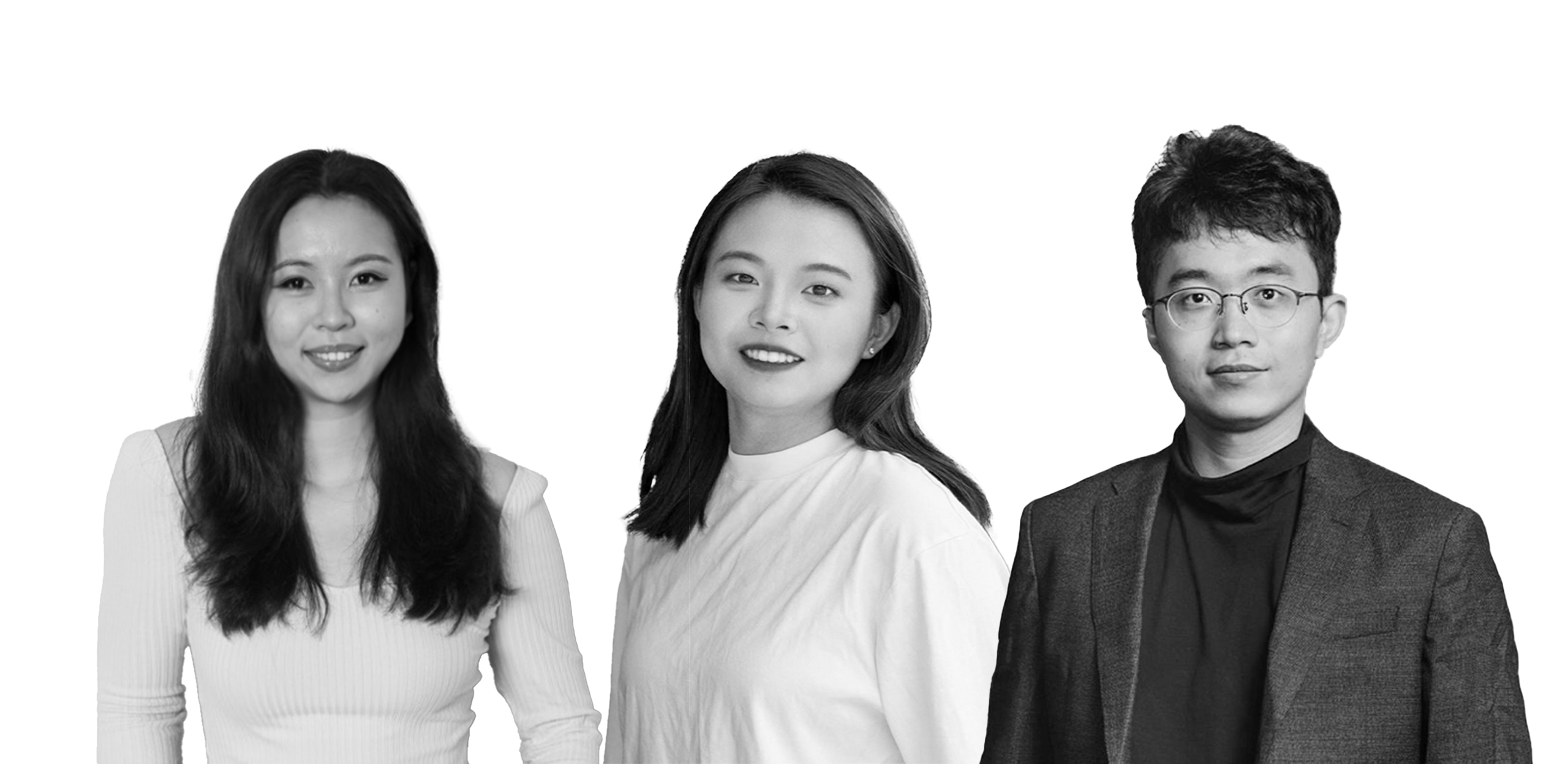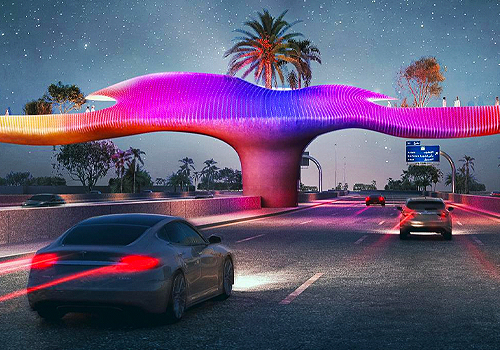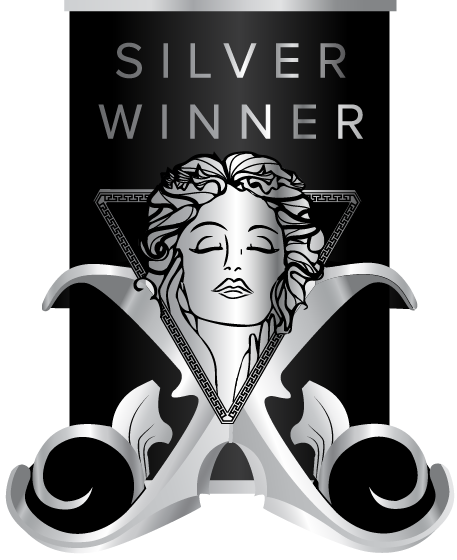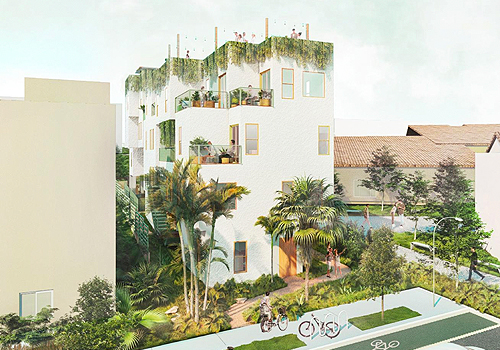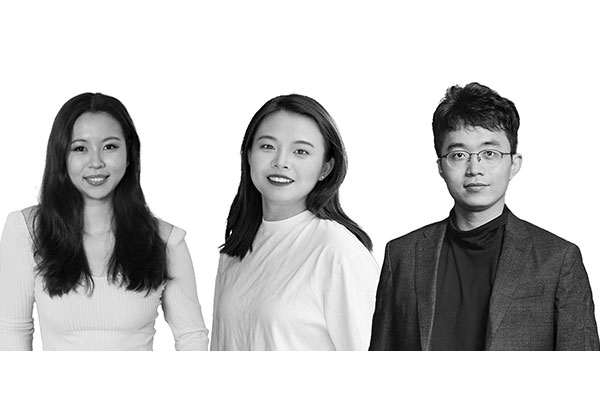
Interview
Pu Melody Zhao, Jingyi Qiu, Yuchen Zheng
1 Congratulations on winning the MUSE Design Awards! Can you introduce yourself and share about what inspired you to pursue design as a career?
Jingyi: Thank you! I’m Jingyi “Jessy” Qiu, a landscape designer based in Boston. I hold a Bachelor of Landscape Architecture from Virginia Tech and a Master of Landscape Architecture from Harvard. Previously, I worked at SWA in Shanghai and OJB in Boston. I’m especially passionate about commemorative landscapes and how design can strengthen human connection, which continues to inspire my work today. Yuchen: Thank you! I’m Yuchen Zheng, a designer with a background in architecture and urban design. I studied at South China University of Technology and later earned my Master of Architecture in Urban Design from Harvard. I also spent four years at Safdie Architects, contributing to large-scale international projects. What inspires me most is seeing how the built environment can shape culture and human connection. Pu: Thank you! My name is Pu “Melody” Zhao. I received my bachelor’s degree from Virginia Tech and my master’s degree from the Harvard Graduate School of Design. My experience ranges from working on military landscape design projects in Washington, D.C., to institutional design at Reed Hilderbrand as an intern. Currently, I focus on small-scale residential design in Texas. What inspires me is using the beauty and aesthetics of landscapes as a tool to heal and connect people’s emotions and social lives.
2 What does being recognized in the MUSE Design Awards mean to you?
Being recognized by the MUSE Design Awards means a lot to us. It’s encouraging to know that the ideas and hard work we put into our projects are seen and appreciated. More than anything, it gives us extra motivation to keep designing with passion and to create spaces that people can genuinely connect with.
3 How has this achievement impacted your career, team, or agency, and what opportunities has it brought so far?
Winning the MUSE Design Awards has definitely brought positive energy to our careers. It gave us more confidence in our design direction and has opened up conversations with new collaborators and peers in the field. For us, the recognition is not just about one project—it’s about building momentum, sharing ideas more widely, and inspiring us to keep exploring opportunities where design can make an impact.
4 What role does experimentation play in your creative process? Can you share an example?
Experimentation is a big part of our process—it keeps our designs fresh and responsive. We often use modeling, rendering, and parametric tools to test ideas quickly and see how small changes can transform a space. For example, in a recent project, we experimented with different geological forms through digital simulations, which helped us discover a design approach that felt both functional and emotionally resonant. Trying things out, even if they don’t work at first, often leads us to the most meaningful solutions.
5 What's the most unusual source of inspiration you've ever drawn from for a project?
Inspiration often comes from unexpected places. Once, we drew ideas from natural salt formations we saw during research—how the layers, textures, and light interacted felt very powerful. Translating that into design allowed us to create forms that were both grounded in nature and open to cultural interpretation. Those surprising moments remind us to always look beyond the obvious and let everyday observations spark new possibilities.
6 What’s one thing you wish more people understood about the design process?
One thing we wish more people understood is that design is rarely a straight line. It’s a process of exploring, testing, and sometimes failing before arriving at the right solution. Every sketch, model, or iteration adds value—even if it doesn’t make it to the final design—because it refines the vision and ensures the result truly serves people. At the same time, design is also an act of persistence—a reflection of personal values and our understanding of society. And sometimes, it’s just a silver lining—those small breakthroughs that make all the challenges worthwhile.
7 How do you navigate the balance between meeting client expectations and staying true to your ideas?
Balancing client expectations with our own design ideas is really a dialogue. Design itself is a conversation between people—each with their own perspective. The challenge, and also the beauty, lies in bringing those viewpoints together. We listen carefully, search for common ground, and then shape a solution that both responds to the client’s needs and stays true to our design values. In the end, the best projects grow out of collaboration, where different voices create something stronger together.
8 What were the challenges you faced while working on your award-winning design, and how did you overcome them?
One of the biggest challenges was finding a balance between ambition and practicality—pushing the design to be inspiring while also making sure it could be built within real-world constraints. There were moments when ideas felt too abstract or complex, but through testing, modeling, and a lot of collaboration, we discovered ways to refine them without losing the core vision. In the end, the challenge itself became part of the process, reminding us that limits can actually spark creativity.
9 How do you recharge your creativity when you hit a creative block?
When we hit a creative block, the best way to recharge is often to step away for a while. That might mean going for a walk, traveling, cooking, or reading—sometimes books related to design, sometimes completely unrelated. Even when the topics seem different, there’s always some overlap that sparks new ideas. Often inspiration returns when we stop forcing it, and those pauses give space for creativity to flow back in naturally.
10 What personal values or experiences do you infuse into your designs?
We always try to infuse our designs with a sense of human connection and personal experience. Often, that means imagining ourselves in space—thinking about how it would feel to walk through it, pause there, or share it with others. Growing up in different cities, traveling, and observing daily life have also shaped our perspective. In the end, the truest measure of design quality is the user experience—how people actually feel and interact within the space.
11 What is an advice that you would you give to aspiring designers aiming for success?
Travel more, walk more, see more, and feel more. Design doesn’t just come from textbooks or studios—it comes from real experiences. The more you open yourself to the world, the richer your perspective will be, and that will naturally reflect in your work.
12 If you could collaborate with any designer, past or present, who would it be and why?
Yuchen: I would choose Carlo Scarpa for his poetic detail and the way he seamlessly weaves history with modernity. Jingyi: I would choose Renzo Piano for his mastery of material and detail—how he pushes craftsmanship to the limit, where even the dimensions between elements open up a whole world of experience. Pu: I would choose Thomas “Tommy” Church, whose human-centered and modernist approach to landscape design continues to inspire how we think about outdoor spaces.
13 What's one question you wish people would ask you about your work, and what's your answer?
One question we wish people would ask is: “How do you want people to feel in your spaces?” Because that’s really at the heart of our work. Our answer is simple: we want people to feel connected—whether it’s to the place, to memory, to culture, or to each other. If a design can spark that feeling, then we know it has done its job.
